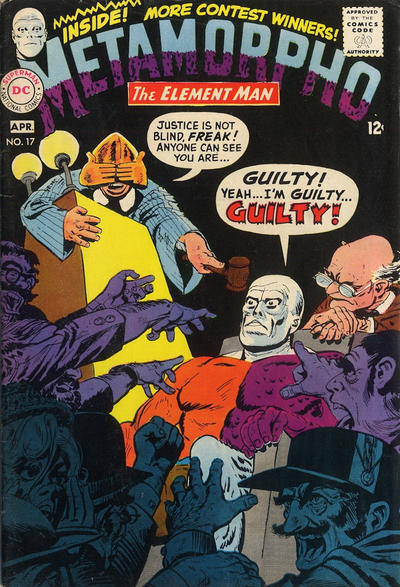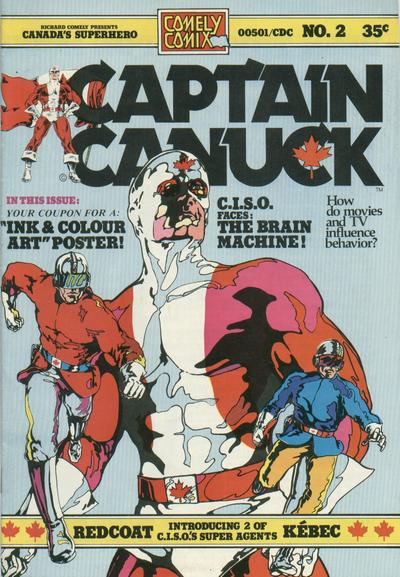Bob Haney's Metamorpho is an extremely fun superhero concept. Birthed at a time in comic history when fun was paramount in comics, on the cusp of DC's infamous "Go-Go Checks" era, Metamorpho is a mild satire of superheroes presenting a goofy hero, a former chiseled-chin A-personality and famed explorer named Rex Mason who due to a bizarre meteor and ancient pseudo-science becomes the "freak" Metamorpho, able to used the elements of his body to fashion all manner of things. He is a transformational wonder, able to become gas, liquid and all kinds of sturdier constructions limited only to the elements in the human body. And he's loved by the gorgeous Sapphire Stagg, the playgirl daughter of self-absorbed billionaire and scientist Simon Stagg who is Rex's employer. Add in a jealous revived caveman Java and you have the mix of main characters in a typical Metamorpho story. These are tales in which the villains have funny names and absurd motivations, but who pose a threat to the Staggs or the world or both.
I was struck reading Metamorpho this time how much this "E-Man" reminded me of another E-Man, one created for Charlton Comics by Nick Cuti and Joe Staton. Cuti always said that Plastic Man was the inspiration for E-Man and I have no reason to doubt him, but I wonder if Plas was not also the inspiration for Metamorpho - a zany shape-changing character in an even zanier world.
One of the mild surprises reading this tome was how few issues of the original run Ramona Fradon actually drew. She certainly defined the character with his debut and earliest showings, but with the fifth issue of the run Joe Orlando stepped in to do the penciling honors.
The reason for that artistic consistency is the inker Charles Paris. He inked Fradon, Orlando and he inked all but one of the Trapani issues for a total of seventeen Metamorpho adventures counting the two Brave and Bold appearances. Paris had been a longtime artist for DC working on Batman and other early projects like Crimson Avenger. He retired after his turn on Metamorpho, but his work on that series was definitive.
The seventeenth issue of Metamorpho is the final one and thanks to the art of Jack Sparling it looks nothing like the previous installments. Unfortunately the series ends abruptly with a mysterious figure having taken great pains to see to it that Metamorpho suffers by framing him for murder. The Element Man and the the Element Girl vow to be a team unto themselves, but alas we will never see what became of this alliance.
The Showcase volume closes out with three guest-star appearances by Metamorpho. Alas these stories all occur early in the continuity of the series but are presented as extras at the end. I should have taken greater care and read them in continuity, but still they are fun outings. The two appearances in The Brave and the Bold bring Metamorpho in contact with the Metal Men (a similar concept) and Batman (the Bat-Hulk is a crazy idea). Both of these stories are written by Bob Haney. Haney didn't write the Justice League of America story, that fell to Gardner Fox. All three of these extra issues were drawn by Mike Sekowsky. This Metamorpho volume was one of the earliest in the Showcase Presents series and one of the most entertaining.
Rip Off



















































